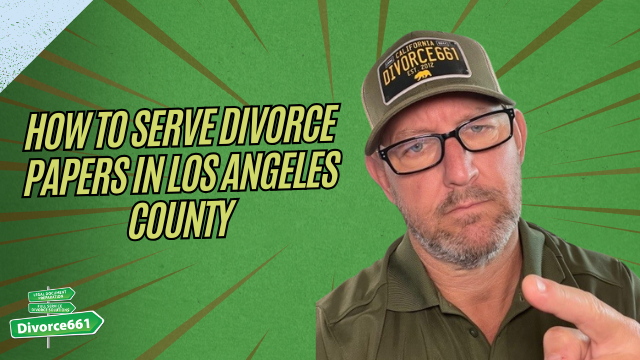How to Modify Spousal Support in California
If you have a spousal support order in place and your situation has changed, you may be wondering whether you can modify the amount you pay or receive. The short answer in California is yes — but only when certain conditions are met. You cannot get a court to change support simply because time has passed. You need a material change in circumstances.
What Counts as a Material Change in Circumstances?
A modification request must show that something substantial has shifted since the original order. Examples of material changes include:
- Job loss or involuntary termination
- Significant increase or decrease in income
- Retirement
- The receiving spouse becoming self-supporting or earning substantially more
Time alone is not enough. The court looks for meaningful, demonstrable changes in finances or needs.
How the Modification Process Works
Here is a practical roadmap for requesting a modification of spousal support:
- Review your existing order or agreementStart by closely examining the original judgment or separation agreement. Some agreements include specific modification clauses or time limits that affect how you proceed.
- Gather updated financial informationYou will need current income documentation, tax returns, pay stubs, bank statements, and any evidence supporting the change you claim.
- File the proper paperworkPrepare and file a request to modify spousal support with the family law court. Include updated financial disclosures and a clear explanation of the material change.
- Negotiate or go to courtIf both parties agree to the change, you can draft a stipulation and submit it to the court, often avoiding a hearing. If the parties do not agree, the court will evaluate the evidence and make a decision.
- Obtain a formal orderOnce the court approves a modification or the parties file a stipulation, make sure you obtain an updated court order reflecting the new support terms.
Real Client Example
We recently helped a client who had been paying spousal support for nearly 10 years. His income dropped after a career change while his former spouse began earning more. We filed a request to modify support, attached updated financials, and the court approved a reduction in his monthly payment by nearly half.
This kind of result is achievable when you can clearly document the change and present a convincing case to the court or reach a negotiated agreement with the other party.
Documentation to Prepare
- Recent pay stubs and employer statements
- Federal and state tax returns
- Bank statements and proof of other income
- Documentation of job loss, retirement, or new employment
- Evidence showing the supported spouse is self-supporting, if applicable
When You Can Avoid Court
One of the fastest, least stressful ways to modify support is by agreement. If both parties are willing to change the terms, you can draft a written stipulation and submit it to the court for approval. This avoids contested hearings and can save time and money.
Final Tips
- Act promptly once your circumstances change. Delays can complicate the process.
- Be thorough with financial disclosures. The court relies on accurate, up-to-date documentation.
- Consider negotiating a stipulation if both parties are cooperative.
- Get professional guidance to ensure forms are filled out correctly and your case is presented clearly.
Need Help Modifying Spousal Support?
If your spousal support order no longer reflects your current reality, you do not have to navigate the process alone. Visit divorce661.com to schedule a free consultation. We can review your situation, help you prepare the required paperwork, and guide you toward the best path—whether that is a negotiated stipulation or a court-filed modification.










